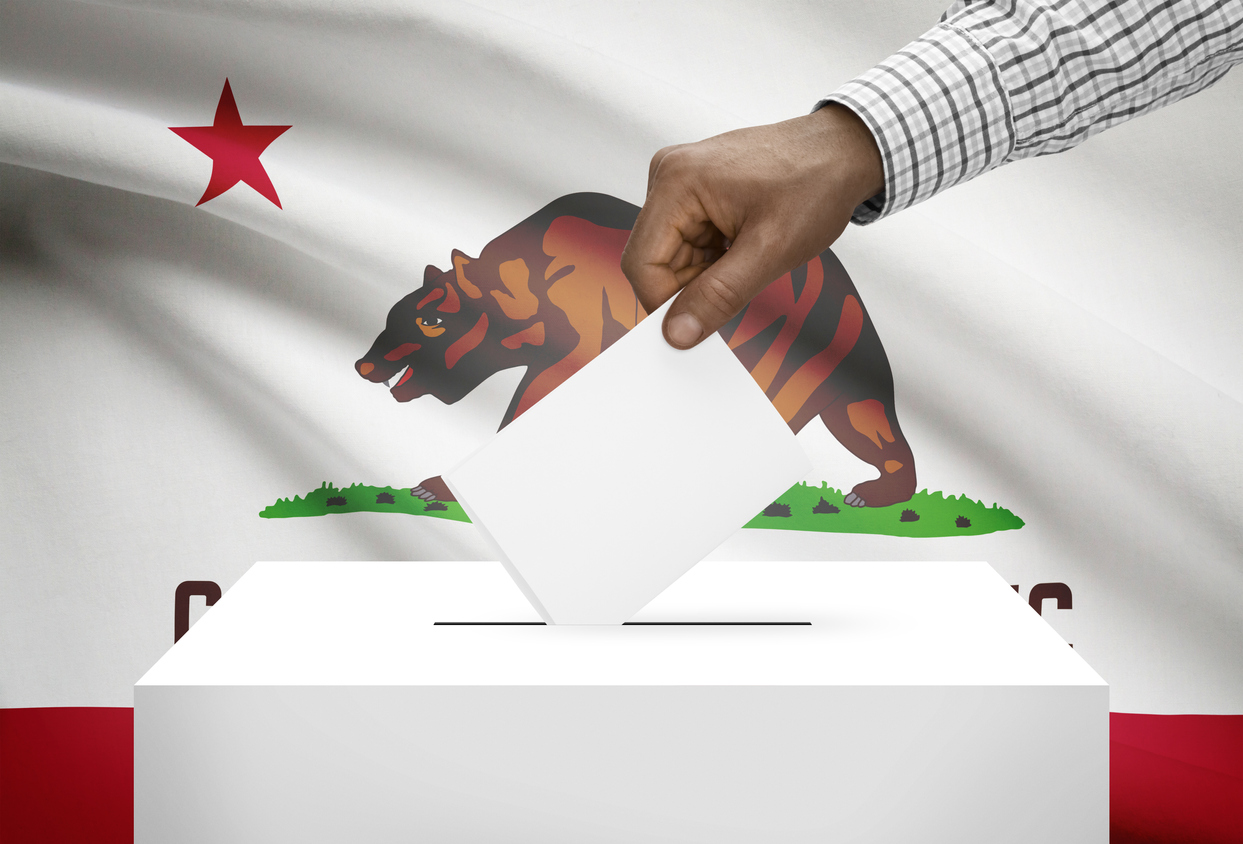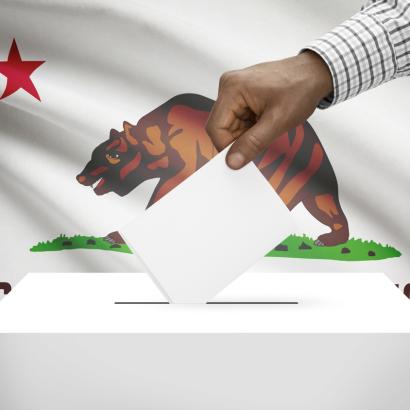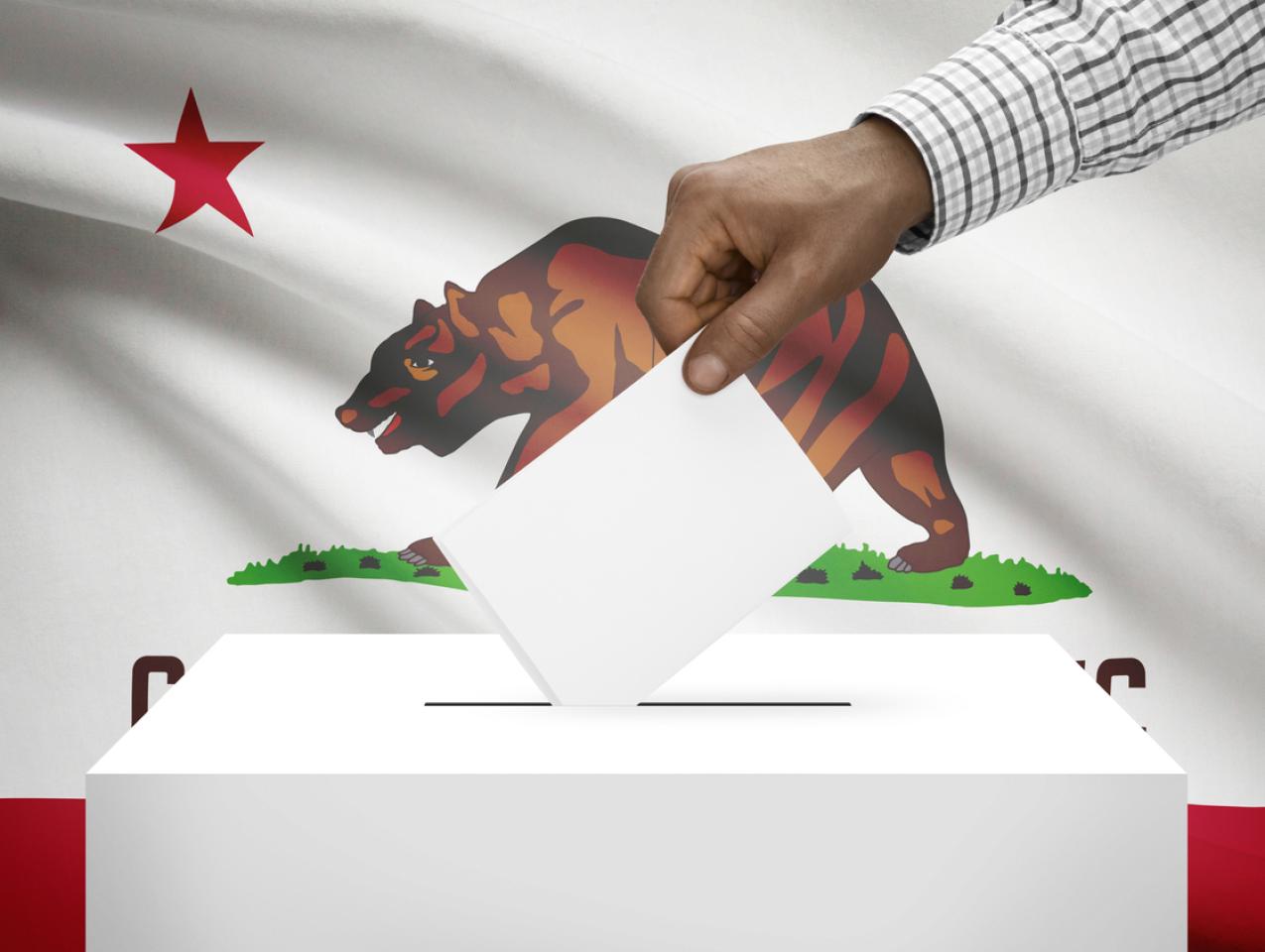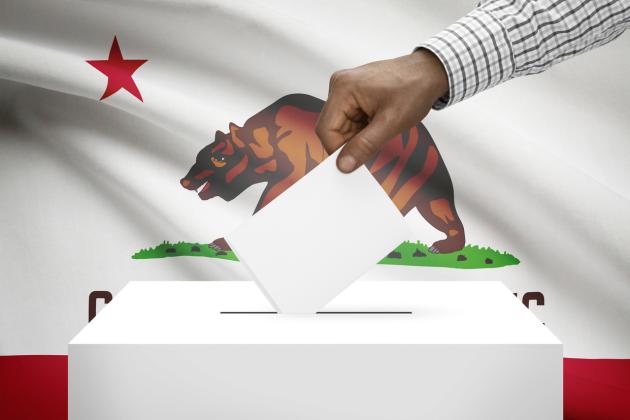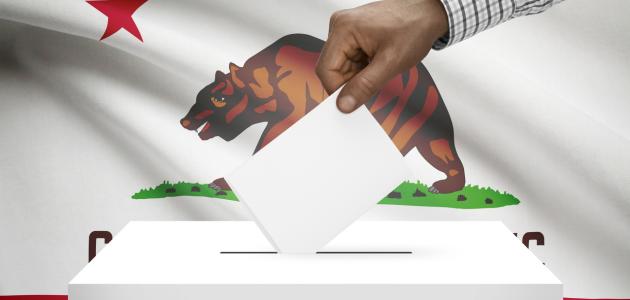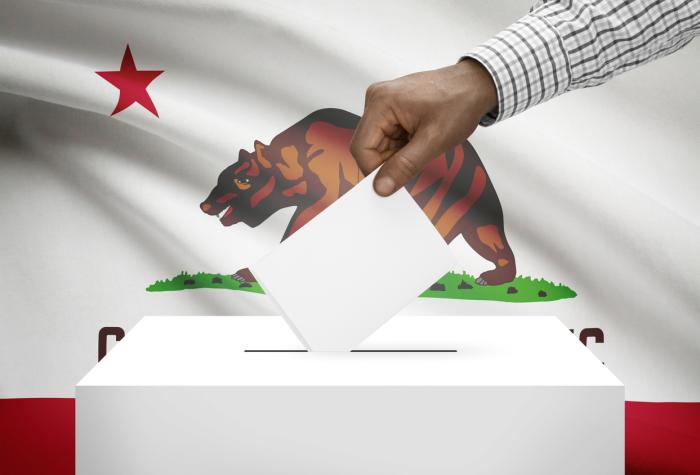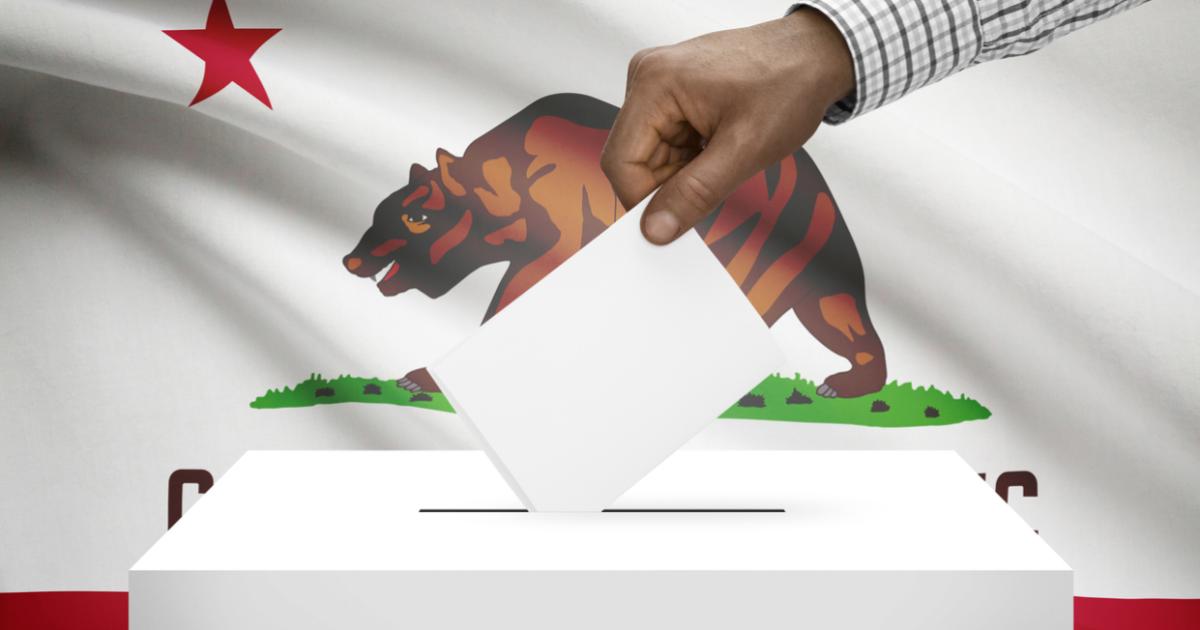- Politics, Institutions, and Public Opinion
- Campaigns & Elections
- The Presidency
- State & Local
- California
It wouldn’t be an election in America without conspiracy theories and gossipy chatter about a process and an outcome somehow being rigged, California’s September 14 recall vote proving to be no exception.
A few such items making the rounds in the Golden State:
The Ballot. Let’s start with the allegation that, although all votes supposedly count the same, not all ballots will be counted once the tallying begins (at the moment, all eligible Californians should have received their recall ballots in the mail, just as they did last November, thanks to a February 2021 law mandating that all eligible voters be sent a ballot even if they didn’t ask for one).
The conspiracy theory goes something like this: Shirley Weber, California’s secretary of state and elections chief, purposely designed the ballot in such a way that a vote to recall Gov. Gavin Newsom (by inking an empty circle on the ballot) can be seen through a hole in the mail-in envelope even if it’s sealed and supposedly secret.
Why would Weber do this? The conspiracy theory claims it’s to protect Newsom, who appointed her to her current job after he’d tapped her predecessor, Alex Padilla, to replace Kamala Harris in the US Senate.
Why does the ballot envelope have holes in it? According to the secretary of state’s office: to help visually impaired voters find where to sign their names and to help election officials guarantee no ballot is left inside that might go uncounted.
Still, that hasn’t stopped some from alleging that it gives Newsom-friendly election officials the ability to toss an anti-Newsom vote before it’s been counted.
The Bailout. This one comes courtesy of a couple of longtime California political consultants: should his campaign see the writing on the wall—i.e., trailing badly on the recall question with but a few days before September 14—Newsom will resign from office before recall voters show him the door.
Why would the governor do that? For openers, the job would go to a fellow Democrat, Eleni Kounalakis, not one of the Republicans running to replace him.
And—this is where things get complicated—it might put a halt to the election itself. Could a recall vote go on if the subject of that referendum is no longer in office? Would the results count?
Vote Early—and Often. Back to the ballot and California’s secretary of state.
Weber’s office has come up with a “print your own ballot” ballot for recall voters. The question: What safeguards does the state have in place to make sure that an armchair voter prints just the one ballot? (If you’re a fan of the 1985 film Real Genius, starring a young Val Kilmer, you might remember the rigged Frito-Lay sweepstakes—based on real-life shenanigans by some Caltech brainiacs.)
Cancel the Outcome. Two weeks ago, the dean of Cal Berkeley’s Law School appeared in the opinion pages of the New York Times with this “guest essay” claiming that California’s recall process is unconstitutional, even though Article II of the California Constitution (approved by voters 110 years ago) gives voters the option to recall and remove elected officials and State Supreme Court justices.
The thrust of the argument: suppose that, in the process of an election that results in his recall, Newsom receives more votes to remain in office does than the leading vote-getter among the nearly four dozen candidates looking to replacing him. Such a result would be unconstitutional, the theory holds, in that it violates the principle that every voter has an equal ability to influence the outcome of the election.
The conspiracy buzz: this scenario happens (more votes against the recall than in favor of the leading replacement candidate) and a lawsuit is filed in an attempt to nullify the outcome. Add to the intrigue: Erwin Chemerinsky, the author of the aforementioned Times essay, previously assisted Newsom in making the argument (on racial grounds) against capital punishment in California.
“Who’s Got Next”? That’s a phrase used on pickup basketball courts—“next” meaning the group of players that plays the next game.
How this pertains to the recall election: the buzz that Newsom’s campaign is thinking ahead to 2022’s election, should the results not go the governor’s way, and use September 14’s outcome to produce the Republican they deem most vulnerable in a more conventional election. Thus Newsom’s present fascination with radio talk-show host Larry Elder: if the governor is recalled but decides to run again for his old job next year, he’d prefer to do so against Elder and not a more centrist incumbent like former San Diego mayor Kevin Faulconer (who’s also attacked Elder of late).
The problem with this theory: campaigns are not the same as Mr. Spock playing three-dimensional chess. They don’t think steps ahead. Rather, they live or die in the heat of the moment and with the task at hand and generally don’t make calculations based on the next race.
If I Die, Let It Be for DiFi. You’ve probably never heard of Kevin Paffrath, but there’s an outside chance that you might be seeing a lot of him come the morning of September 15 should Newsom lose on the recall question and Paffrath, a 29-year-old real estate magnate and Democrat, receive the most votes in the recall field (the partisan breakdown of the recall ballot: 24 Republicans, 9 Democrats (none of whom hold office), 10 “no party preference,” 2 Greens, and 1 Libertarian).
This points to a possible hole in the Newsom recall strategy: in order to maintain the “Republican recall” talking point, keep any and all prominent Democrats off the ballot. And, at the same time, encourage Democrats not to vote for a recall candidate—i.e., make it a “Newsom or bust” vote.
As such, this has made recall polling more problematic as, in addition to being an unordinary September vote, it’s difficult to predict how many of those Californians who bother to participate decide to engage in both ballot questions.
In 2003 and California’s previous gubernatorial recall election, approximately 4.6% of those Californians who took part didn’t cast a yea or nay on whether to recall then governor Gray Davis. Despite the presence of a prominent Democrat in the 135-candidate replacement field (then lieutenant governor Cruz Bustamante), 8% of the recall electorate didn’t vote for an alternative to Davis.
The conspiracy theory: call it an attack of conscience on the part of Newsom’s campaign (the sentiment that a gadfly like Paffrath simply isn’t qualified for the job) or a realization that the door is open to a Republican replacement, the governor begs Sen. Dianne Feinstein to make her herself available as a write-in candidate.
The problem with this: it assumes that Feinstein, at age 88 with two more years left in her Senate term and plenty of clout to wield in Washington, would want the job she sought all the way back in 1990 when she lost to Republican Pete Wilson (Feinstein passed on running in the 2003 gubernatorial recall; a few hours after she made that decision, Arnold Schwarzenegger jumped into the race).
(On a related conspiracy note, there’s also a rumor floating around Sacramento that Newsom, should he lose, would somehow convince Feinstein to resign her Senate post, with the soon-to-be ex-governor naming himself as her replacement before he leaves office.)
Legislating Outcomes. Our final conspiracy theory: California’s Democrat-dominated state legislature doing what it can to protect the embattled Democratic governor, including tabling matters that might embarrass the Newsom administration in the lead-up to September 14.
Last week, a hearing to determine what California’s Employment Development Department has done to clean up its act was postponed for a second time—to September 21, a week after the recall vote. (Tasked with writing unemployment checks, the state government agency has been riddled with allegations of backlogged claims and being an easy mark for fraudulent claims throughout the pandemic.)
That decision came on the heels of a decision to cancel another legislative hearing until further notice—this one an oversight hearing looking into wildfire prevention (another Newsom vulnerability, as this media report alleges the governor has overstated by 690% the amount of Golden State land treated with fire breaks and prescribed burns—Newsom claiming 90,000 acres have been treated when in fact it’s closer to 11,400).
Newsom himself has added to this line of conspiracy thinking: back in late June, he signed a law extending California’s eviction moratorium through the end of September—conveniently enough, two weeks after the recall vote.
Would California state legislators have the audacity to put their thumb on the scale in the governor’s favor? Would the governor do the same and view policy choices through a recall lens?
As the old ad slogan goes, “Enquiring minds want to know.”







